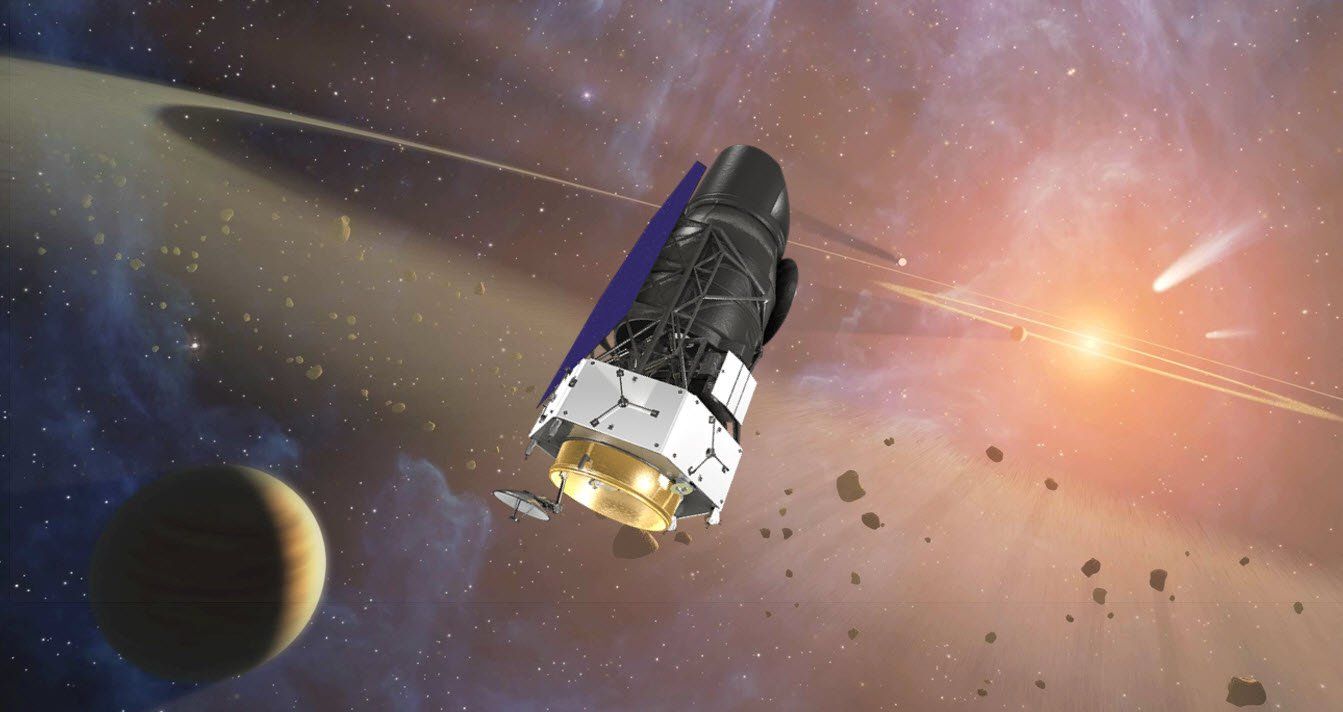Starless Voids: Revealing Dark Matter
Follow us on Google News (click on ☆)
The study, set to be published in The Astrophysical Journal, marks a significant milestone. For the first time, it explores the prospects of detecting gaps in star streams beyond our own galaxy, the Milky Way. Focus is now shifting towards the Andromeda galaxy, thus significantly expanding the field of study.

The future Nancy Grace Roman Space Telescope.
Image NASA/JPL
According to Tjitske Starkenburg, co-author of the study, observing these gaps in other galaxies will provide more accurate statistics, enabling a better understanding of dark matter. Dark matter is presumed to be a particle that neither reflects, emits, refracts, nor absorbs light, making its direct detection impossible. Its presence is inferred from its gravitational influence on galaxies.
Researchers are particularly interested in globular clusters, dense groups of stars, whose elongated star streams could be disrupted by dark matter clumps, thus creating gaps. This phenomenon presents a promising avenue for detecting dark matter.
Up until now, research has been limited to a few star streams in the Milky Way, but the Nancy Grace Roman Space Telescope, with its superior imaging capabilities, will extend this research to neighboring galaxies. The telescope's wide-field instrument, with its 18 detectors, will produce images 200 times larger than those from the Hubble Telescope.
Simulations of the interactions between star streams and dark matter clumps suggest that these gaps will be detectable by the Nancy Grace Roman Space Telescope. This discovery could shed light on dark matter's characteristics, including the presence and mass of dark matter subhalos surrounding galaxies.